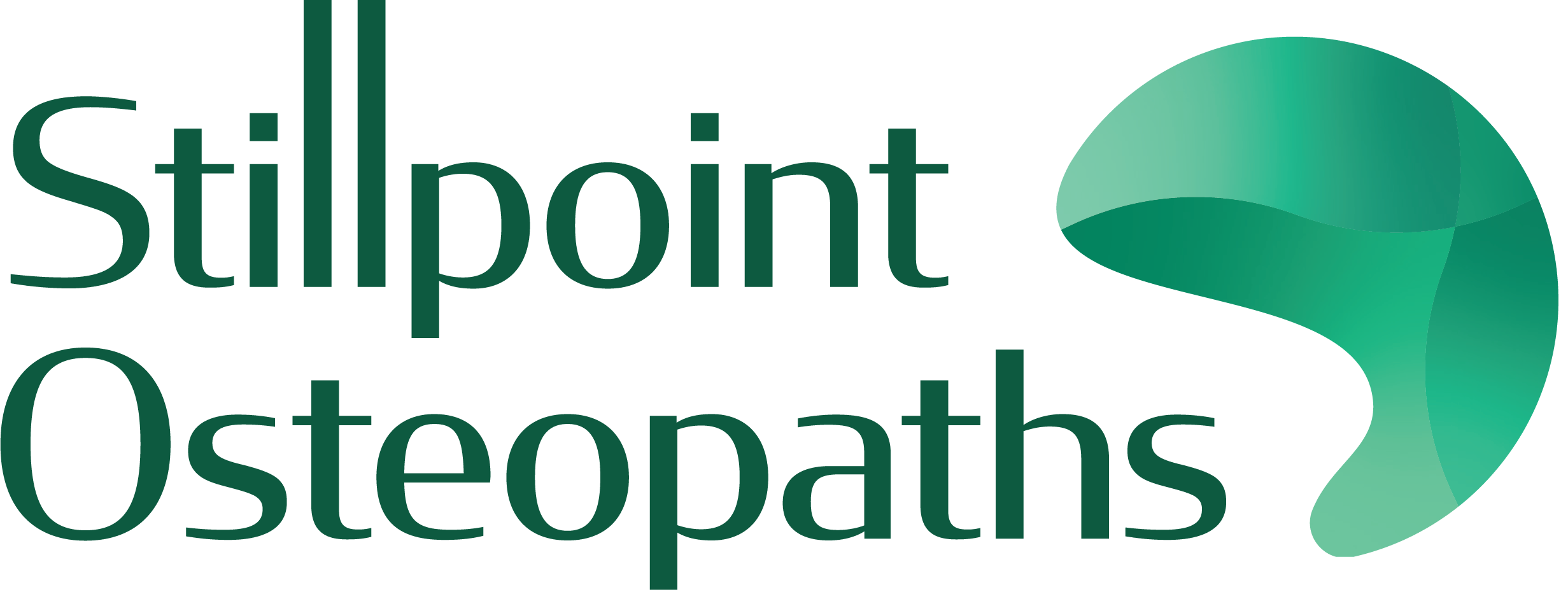Symptoms of Temporomandibular Joint Disorder (TMD)
Stillpoint osteopaths and our Functional Movement Coach may be able to help relieve your TMD symptoms such as: Pain on the side of your face,
What happens to your body during a car accident is completely dependent on the dynamics of the accident. The speeds, directions, types of vehicles involved, truck, motor bike where you were positioned and where you and your car ended up. Too many variations for me to describe them all.
Your body is thrown and moved because of these dynamics.
You may impact the inside of your car, the side windows, the dashboard, the steering wheel. Your knees can impact the front of the car, seats can collapse backward, seatbelts can lock tight across our chest and lower pelvis, air bags can inflate imparting a force to your body too.
This piece is not about the severe cases where there are potential life-threatening consequences where emergency medicine comes into its own. I am going to discuss the realm of cases that range from no obvious consequences, to those with ongoing chronic pain since their car accident.
My first recommendation is if an ambulance wasn’t required to attend your car accident and you were not checked and cleared, book a consultation with your GP or if you’re really concerned, go to your local white cross or accident and emergency centre. It’s great to have an examination and make sure something hasn’t been missed.
If everything has been cleared, then it would be recommended that you have yourself checked by an osteopath who can assess how your body has responded and repaired after the collision. It is not uncommon for patients to complain of ongoing neck, mid back, and lower back pain. Others have ongoing pain from fracture sites or concussions symptoms that have not resolved fully. The list goes on.
Your osteopath can gently assess your current situation regardless of whether the accident was today or 20 years ago. Our osteopathic assessments are unique as they look at the body as a whole and how the pattern of trauma is expressing itself throughout your body and not just in a single location. Our palpatory and examination skills can provide you with information on how to improve your function and provide you with a management plan to achieve your best results.
Symptoms of Temporomandibular Joint Disorder (TMD)
Stillpoint osteopaths and our Functional Movement Coach may be able to help relieve your TMD symptoms such as: Pain on the side of your face,
What is TMD? TMD is a shortened term for Temperomandibular Joint Disorder. Your lower jaw is formed by a bone called your mandible. This bone
We would like to introduce Olivia Wells an osteopath and trained Pulsed Electromagnetic Field Therapist. Olivia specialises in gentle techniques, Osteopathy in the Cranial Field
TRADITIONAL CHINESE MEDICINE APPROACH TO SINUS INFECTIONS
Rain Zhao is a Traditional Chinese Medicine (TCM) practitioner and qualified osteopath. TCM in addition to osteopathy can provide a way of addressing some of
What are the impacts of Mouth Breathing? In a child the circulation of air through the nose is important for the development of the jaw
